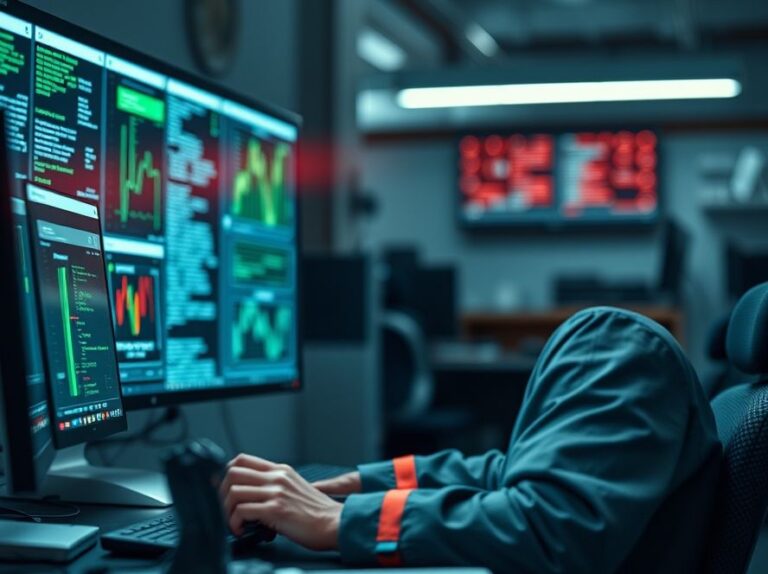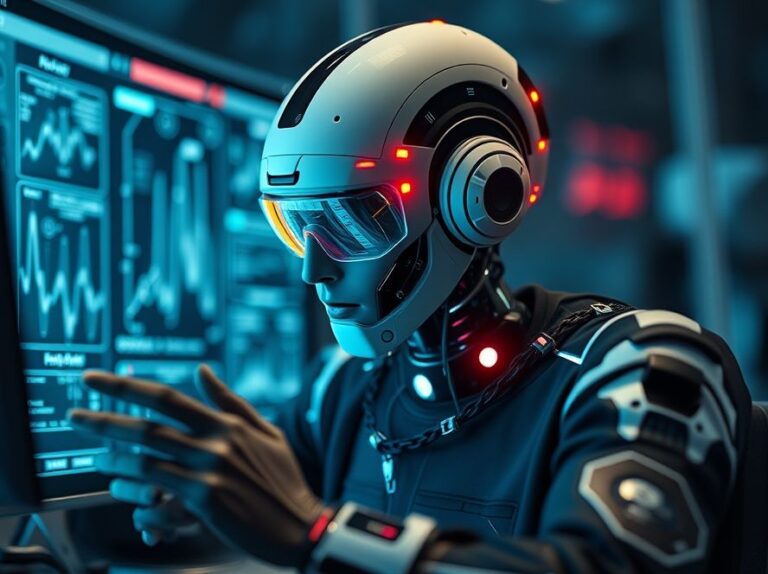Understanding Bias Detection
Bias Detection refers to the process of identifying and analyzing biases in data, algorithms, and systems, particularly in the context of artificial intelligence (AI) and machine learning (ML). Biases can manifest in various forms, influencing outcomes and perpetuating inequalities. Understanding bias detection is crucial for ensuring fairness, transparency, and accountability in technological advancements.
The Importance of Bias Detection in Technology
In today’s digital age, where AI and ML play significant roles in decision-making processes, the importance of bias detection cannot be overstated. Biases can lead to harmful consequences, such as discrimination in hiring practices, inaccuracies in predictive policing, and unfair treatment in credit scoring. By identifying and mitigating these biases, organizations can enhance the reliability of their systems, promote inclusivity, and build trust with users.
Real-World Examples of Bias Detection
- Hiring Algorithms: Many companies use AI-driven tools to screen job applicants. Bias detection helps identify if these tools favor certain demographics over others, ensuring a fair hiring process.
- Facial Recognition Technology: Studies have shown that facial recognition systems often misidentify individuals from minority groups. Bias detection initiatives aim to rectify these disparities, improving the technology’s accuracy.
- Credit Scoring Models: Financial institutions utilize algorithms to assess creditworthiness. Bias detection can uncover if these models disproportionately disadvantage certain groups based on race or gender.
Key Aspects of Bias Detection
To effectively implement bias detection, it is essential to understand its foundational aspects. These include:
1. Types of Bias
Bias can be categorized into various types, including:
- Data Bias: Occurs when the data used to train models is unrepresentative or flawed.
- Algorithmic Bias: Arises from the design of algorithms, which may inadvertently favor certain outcomes.
- Human Bias: Reflects the prejudices of individuals involved in data collection and model development.
2. Techniques for Bias Detection
Several techniques can be employed to detect bias:
- Statistical Analysis: Involves examining data distributions and outcomes to identify discrepancies.
- Fairness Metrics: Metrics such as Equal Opportunity and Demographic Parity help quantify bias in models.
- Auditing: Regular audits of algorithms can reveal biases and areas for improvement.
Applications of Bias Detection
Bias detection is applicable in various sectors, including:
1. Healthcare
In healthcare, bias detection is crucial for ensuring equitable treatment across different demographics. For example, algorithms used in medical diagnoses must be scrutinized for biases that could lead to misdiagnosis or inadequate treatment for certain groups.
2. Law Enforcement
AI tools used in law enforcement, such as predictive policing algorithms, require bias detection to prevent reinforcing racial stereotypes and ensuring public safety without discrimination.
3. Education
In educational settings, bias detection can help in assessing educational tools and algorithms that grade student performance, ensuring fairness in evaluations and opportunities for all students.
How to Implement Bias Detection in Your Daily Life
Understanding bias detection is not only for professionals in the tech field; individuals can also apply these principles in everyday life. Here are some actionable steps:
- Stay Informed: Educate yourself about biases in technology and society.
- Question Algorithms: When using AI-powered tools, consider how they might be biased and seek transparency from providers.
- Advocate for Fair Practices: Support organizations that prioritize fairness and accountability in AI and ML.
Related Concepts
Bias detection is closely related to several other concepts in technology, including:
- Fairness in AI: The overarching principle that aims to create unbiased and equitable AI systems.
- Transparency: The need for clarity regarding how algorithms make decisions.
- Accountability: Holding organizations responsible for the impacts of their AI systems.
Conclusion: The Path Forward
Bias detection is an essential component of responsible technology development. By recognizing and addressing biases, we can create systems that are fairer and more equitable. Whether you are a professional in the field or simply an informed citizen, understanding bias detection equips you with the knowledge to engage critically with technology and advocate for a more just society. As technology continues to evolve, the need for effective bias detection will only grow, making it a vital area of focus for all.
Reflect on how you can apply the principles of bias detection in your own life and work towards fostering a more inclusive environment in technology.









